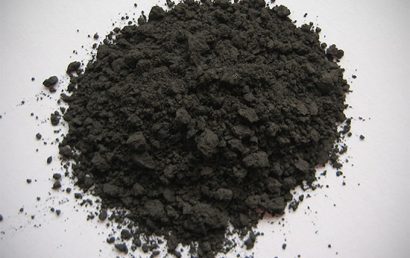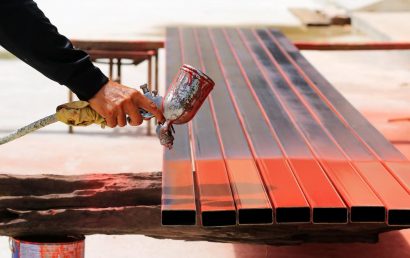Important Facts About Cadmium Replacements
Number 48 on the atomic chart (Cd), cadmium is a chemical element that is similar to mercury and zinc in that it is a stable metal. It is a silvery white, soft metal that, while still in use, may soon be replaced. As an application example, cadmium powder used in thermal spray may soon be replaced by other metal powders with similar characteristics and capabilities.
The Problem with Cadmium
Unfortunately, a couple of undesirable factors weigh in when discussing cadmium – mainly it’s toxicity to humans and the environment. It is very likely, in the near future, that cadmium may be phased out entirely (quite possibly by the year 2023). Until then, it is used in circumstances where it still has the ability to perform well, but safely.
But if cadmium is to be replaced, how will industries go about doing so? Are there suitable alternatives? The answer is, yes.
Replacements for Cadmium
Investigations were conducted to determine the suitability of specific cadmium replacements to electro deposited cadmium. The four replacements include tin-zinc plating, acid zinc-nickel, alkaline zinc-nickel, and IVD aluminum coating.
In a direct comparison of replacement methods, testing was done ranging from corrosion resistance, repairability, and fatigue through lubricity, adhesion, and more.
Conclusions of Testing
The following were the results of the testing done on the above-mentioned replacement methods for cadmium:
- When using a primer and topcoat with brush plating, or just a primer, attainment of maximum paint adhesion was possible through the use of chromate conversion coating. Including cadmium, this is true for all finishes.
- With an 8.8 pH, and an alkaline Zi-Ni (for all intents and purposes), SIFCO ASC Zinc-Nickel LHE ® is a good replacement for cadmium for steel applications – both high and low-strength.
- As effective alternatives to cadmium, IVD aluminum and alkaline zinc-nickel can be used for hazardous plating applications.
- For low-strength steel applications, alkaline zinc-nickel plating is an effective substitute. For both high and low-strength steel applications, IVD aluminum is suitable.
- IVD aluminum and alkaline zinc-nickel are easy to both replace and strip off.
- All of the cadmium alternatives demonstrated effective corrosion resistance due to the fact that none exhibited failure or red rust after spending considerable time in a test cabinet containing neutral salt (fog) spray.
- It was essential that the alternatives be able to produce a finish that was suitable to the application and easily controlled. Criteria demands were based on protection and serviceability and were met by the alternatives discussed here.
- Compared with cadmium, the fourth highest overall rating was held by tin-zinc, third by zinc-nickel, and second highest was IVD aluminum.
- Of all replacements, in terms of ratings, and most similar to cadmium with the best performance exhibited was alkaline zinc-nickel.
- All of the above discussed cadmium replacements, without compromising performance, can be used with confidence.
A & A Coatings and Cadmium
A&A Coatings understands the significance of cadmium for corrosion protection and repairs. While we make the most of cadmium oxide powders when applicable and safe, we also use aluminum powder, iron powder, zinc powder, ceramics, and others for our coating materials. There is a coating material that is perfect for your application and industry. Speak with one of our knowledgeable representatives today to find out how today’s thermal sprayed protective coatings can improve your business.



